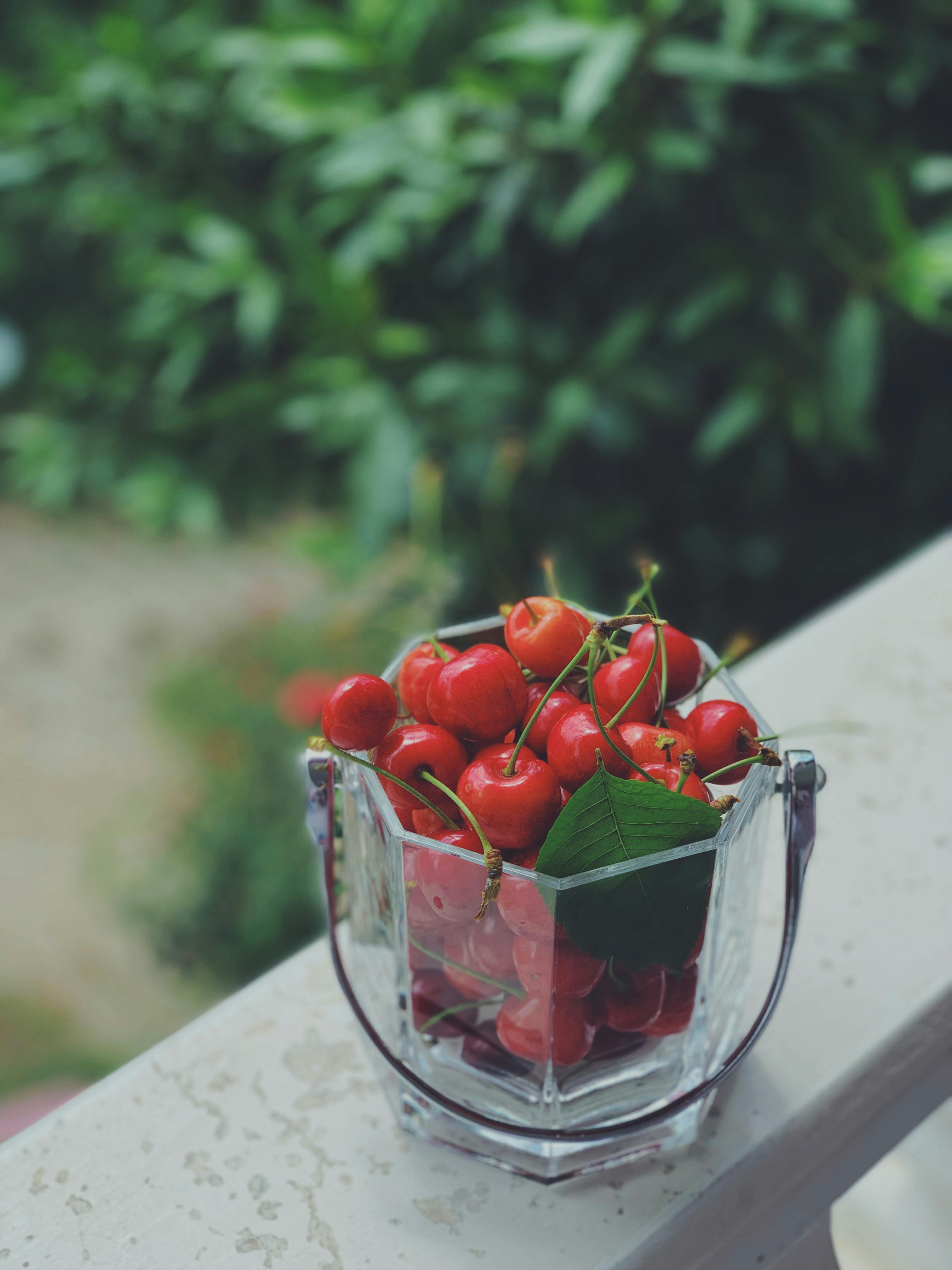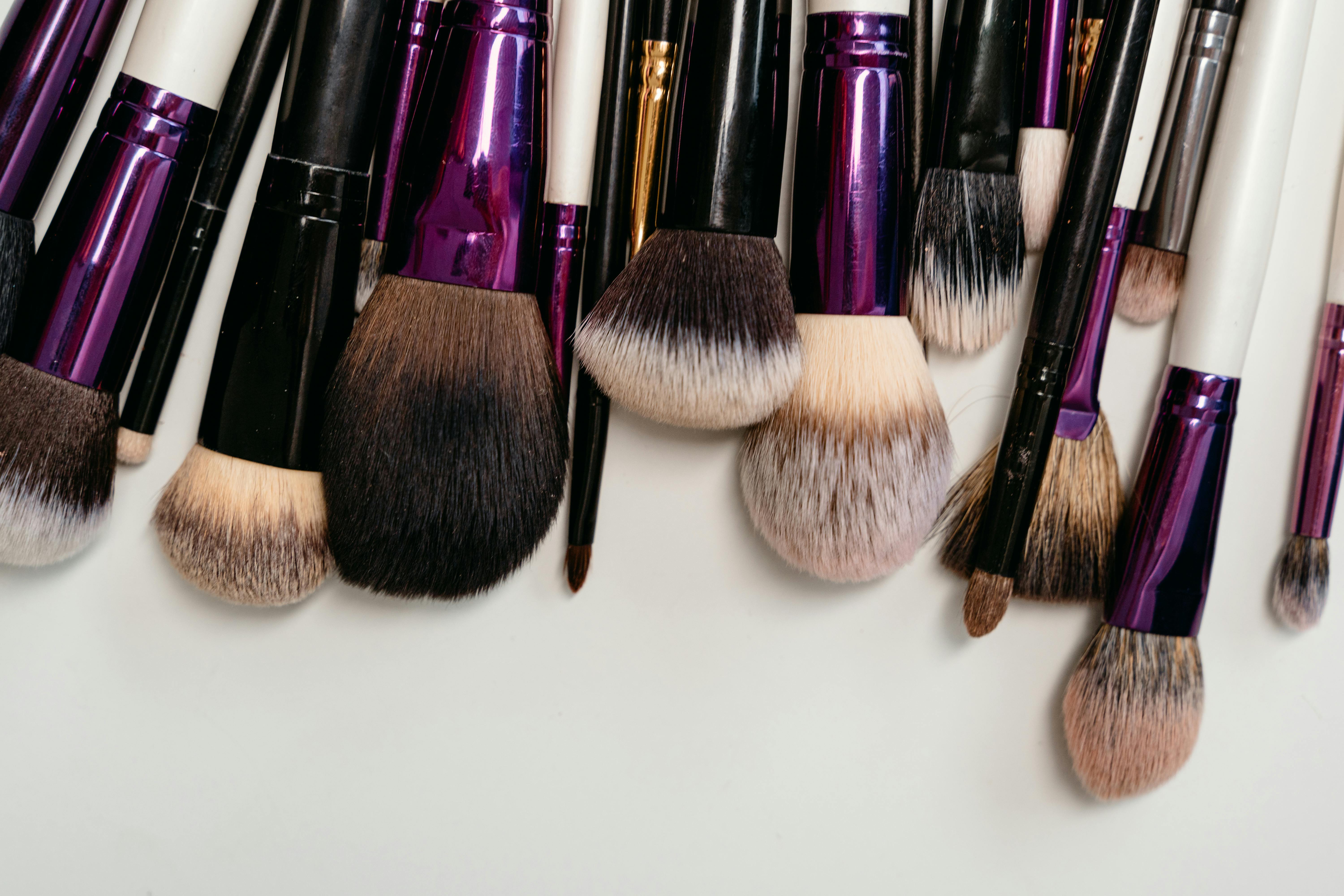Simple Guide to Sharpening Kitchen Knives for Better Cooking

Essential Guide to Sharpening Kitchen Knives for Better Cooking
Sharpening kitchen knives is a crucial skill every home cook should master for better cooking efficiency and safety. Dull knives require more force to cut, increasing the chance of slips and accidents in the kitchen. Not only does a sharp knife enhance the precision of your cuts, it also improves the overall presentation of your meals and reduces cooking time. In this guide, we will explore various knife sharpening techniques, tools, and tips to maintain your kitchen knives effectively.
We will cover a range of topics including the best knife sharpeners, manual versus electric options, how to use a sharpening stone, and best practices for knife care. By the end of this article, you'll be equipped with the knowledge to sharpen your kitchen knives at home safely and efficiently.
Key takeaways include understanding the importance of maintaining knife sharpness, how often to sharpen your knives, and practical methods to achieve and maintain the perfect blade sharpness.
How to Choose the Best Knife Sharpener for Your Needs
Choosing the right knife sharpener is essential for maintaining your kitchen knives. The market offers various knife sharpening tools, such as whetstones, electric sharpeners, and manual sharpeners, each serving different preferences and sharpening styles. Understanding the pros and cons of each option will help you make an informed decision.
Types of Knife Sharpeners
Knife sharpeners come in several types, including:
- Whetstones: A traditional method that provides great control over the sharpening angle, allowing users to achieve precise sharpness.
- Electric Knife Sharpeners: Fast and effortless, these devices often come with built-in guides to maintain consistent sharpening angles.
- Manual Knife Sharpeners: Compact and easy to use, these typically have slots for different blade angles but require more effort compared to electric sharpeners.
When selecting a sharpener, consider your knife types, kitchen needs, and personal comfort level with sharpening. Ultimately, using a sharpener that suits your style will make your sharpening easier and more effective.
Knife Sharpener Comparison: Electric vs. Manual
Both electric and manual knife sharpeners have their unique advantages. Electric sharpeners are quicker, making them ideal for those who often cook and need a fast sharpening solution. In contrast, manual sharpeners are typically more affordable and can be more precise for those who appreciate traditional sharpening techniques. It is important to weigh factors such as ease of use, maintenance, and storage when deciding between the two.
Professional vs. At-Home Knife Sharpening
While professional knife sharpening services can provide expert attention to your blades, many cooks prefer sharpening their knives at home. This allows for regular maintenance and immediate adjustments as needed. By mastering at-home knife sharpening techniques, such as using a whetstone or honing kitchen knives, you can ensure that your knives remain in excellent condition.
Knife Sharpening Techniques: Mastering the Art
Understanding different knife sharpening techniques is essential for achieving optimal sharpness. Each method offers unique benefits and challenges, making it necessary to choose the right technique based on the knife's condition and your skills.
Whetstone Knife Sharpening: Step-by-Step Process
Whetstones are favored by many chefs for their versatility and ability to produce razor-sharp edges. The following steps outline the process for effective whetstone knife sharpening:
- Prepare your whetstone by soaking it in water for about 10-15 minutes.
- Place the stone on a stable surface, using a damp cloth underneath to prevent slipping.
- Hold the knife at a 15-20 degree angle to the stone and make smooth, even strokes from heel to tip.
- Repeat this process on both sides of the blade, adjusting the angle as necessary for consistent results.
- Rinse the knife to remove any metal shavings, and check for sharpness.
Honing Kitchen Knives: Importance and Techniques
Honing is often misunderstood as sharpening when, in fact, they are different processes. Honing kitchen knives realigns the blade's edge, keeping it sharp between sharpening sessions. Use a honing rod by holding it vertically and drawing the knife along the rod at a consistent angle, alternating sides until the blade feels aligned.
Using Sharpening Steel: Tips for Effective Maintenance
Sharpening steel is an essential tool for maintaining knife sharpness. After each use, gently swipe the blade against the sharpening steel at a 20-degree angle to correct any dullness. Frequent maintenance will improve your knife's performance and prolong its lifespan. Make sure to use proper techniques to avoid damaging the knife’s blade.
Key Considerations for Kitchen Knife Care
Beyond sharpening, proper care and maintenance are vital to extend the life of your kitchen knives. Simple practices can greatly enhance your knife's performance and safety.
Cleaning and Storing Your Kitchen Knives
Always clean your knives by hand using warm, soapy water and dry them immediately to prevent rust. Avoid putting them in the dishwasher, as the high heat and humidity can damage the blade and handle. Storing knives in a wooden block or using magnetic strips can protect edges and keep them easily accessible.
How Often Should You Sharpen Your Knives?
The frequency of sharpening depends on the knife type and usage. Generally, it is recommended to sharpen knives every few months, while honing should be done regularly before each use. Monitoring the sharpness of your knives can help determine when it’s time for sharpening. Signs of dullness include difficulty cutting through food and noticeable drag during slicing.
Safety Tips While Sharpening Knives
Safety is paramount when sharpening knives. Always keep your fingers and other body parts clear of the blade's path, and ensure your sharpening tools are stable. Use a dedicated workspace for sharpening to minimize the risk of accidents. When honing or sharpening, maintain a consistent grip and angle to avoid slips that can lead to injuries.
Common Misconceptions About Knife Sharpening
Knife sharpening is surrounded by several myths, which can confuse home cooks. Understanding these misconceptions can help you sharpen your knives effectively.
Debunking Knife Sharpening Myths
One common myth is that you only need to sharpen knives when they feel dull. In reality, regular maintenance helps prevent dullness and maintains performance. Additionally, some believe electric sharpeners are the only way to achieve sharp knives, but many traditional methods can yield equally impressive results. It is essential to know how to sharpen knives using different techniques to find what works best for your cooking style.
Understanding Knife Edge Geometry
The angle of your knife's edge plays a crucial role in its performance. Common angles include 20 degrees for Western knives and 15 degrees for Asian-style knives. Understanding these angles allows you to sharpen effectively while catering to the knife's intended use. Each blade type may call for a unique angle, and adjusting your sharpening technique accordingly will yield the best results.
Benefits of Regular Knife Sharpening
Regular knife sharpening offers numerous benefits, including increased safety, precision in food preparation, and a positive cooking experience. With sharper knives, you can create cleaner cuts, enhancing the appearance of your dishes and contributing to improved flavor and texture. Embracing regular knife care practices will make your kitchen work more efficient and enjoyable.
Final Thoughts on Knife Sharpening Techniques
Mastering kitchen knife sharpening techniques is an invaluable skill that pays off in the kitchen. By utilizing the right tools and methods, you can achieve and maintain knife sharpness to make your meal prep tasks safer and more efficient. Whether you choose to sharpen your knives using a whetstone, an electric sharpener, or honing steel, becoming familiar with these techniques will ensure that your knives serve you well for years to come.
Q&A Section: Common Questions About Knife Sharpening
What is the best method for home knife sharpening?
The best method for home sharpening depends on your comfort level and knife type. Whetstones provide excellent control for those willing to learn, while electric sharpeners offer convenience for quicker results.
How can I tell if my knife is sharp enough?
A simple test is to try slicing through a tomato; if the blade glides through effortlessly, you're in good shape. Conversely, if you struggle, it's time for sharpening.
Is it safe to use an electric knife sharpener?
Yes, electric sharpeners can be safe when used correctly. Follow the manufacturer's instructions and ensure the blade is aligned properly to prevent accidents.
What should I avoid while sharpening knives?
Avoid using a dull or damaged sharpener, pressing too hard during sharpening, or ignoring the manufacturer's guidelines as these can lead to poor results and damage.
How often should I hone my kitchen knives?
Honing should be done every time before you use your knives. Regular honing maintains the edge and can extend the intervals between actual sharpening.

